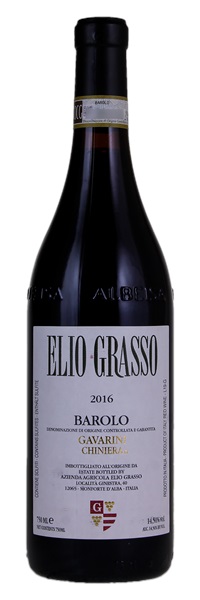Estimate

...expressive and bright....savory and rich with a generous bouquet of dried berries, spice, crushed flowers and even a hint of market-fresh blueberry...bouquet moves toward balsam notes with mint and rosemary the longer it stays in the glass...anise flower and fresh licorice root as a pretty signature on the close.
...opens with enticing scents of rose, woodland berry, forest floor and a balsamic whiff of camphor...full bodied and elegantly structured, delivering flavors of ripe morello cherry, raspberry compote, cinnamon and licorice before a hazelnut close. Firm fine-grained tannins and fresh acidity provide the framework.
Vertical and explosive in the glass with tons of pure power...gorgeous Barolo… Swaths of tannin wrap around a core of sweet red cherry fruit. White pepper, mint, orange peel and floral notes...brilliant acids and tannins...a striking wine...
...wonderfully floral red with strawberry, sliced-orange and floral character. Medium to full body with very integrated, fine tannins and a beautiful finish. So refined.